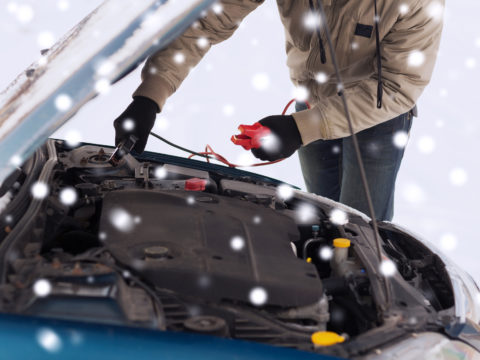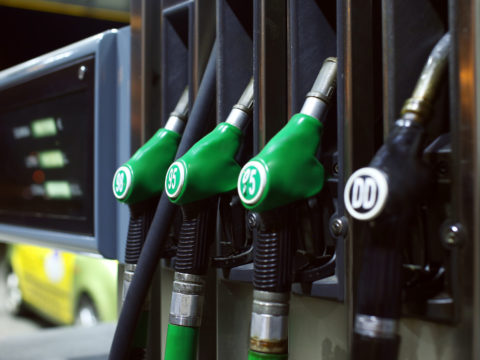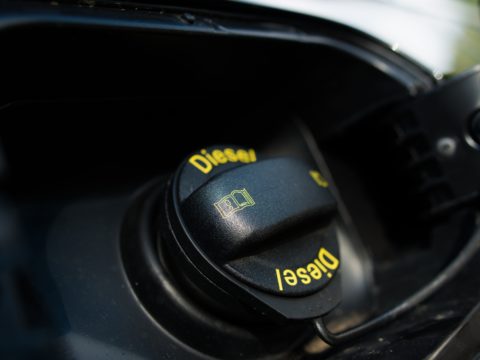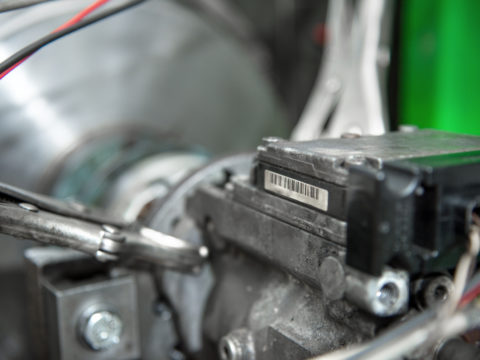Wondering if the brake fluid in your car is flammable? This article will go over what brake fluid is, why you need it, and the different types of brake fluid. Plus, you’ll learn about what types are more flammable than others and safety tips to follow when handling it in your garage.
The discussion will wrap up with brake fluid disposal methods, a list of other fluids in your car that can start a fire, and an FAQ section. Read on to learn about when and how brake fluid can become flammable.
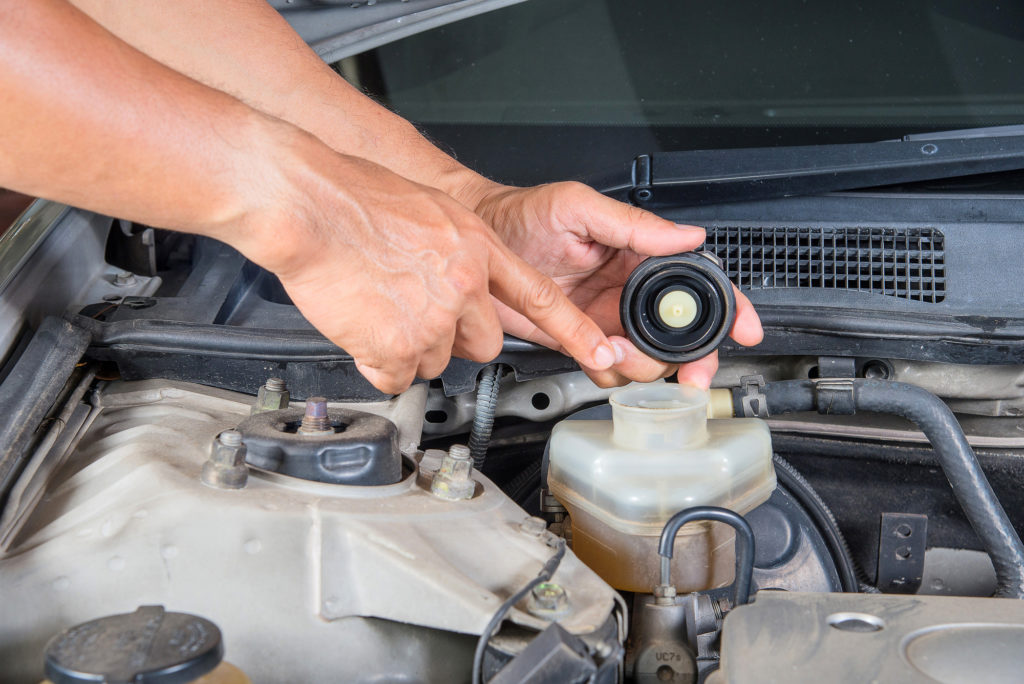
Brake fluid is a hydraulic fluid that helps brakes bring your car to a stop. When you press your foot on the brakes (apply force), brake fluid transforms that force into pressure. The pressure goes against your car’s brakes, causing the tires and wheels to either slow the vehicle down or cause it to stop moving completely.
The fluid itself can be colorless or have a light amber tone. If the liquid is older, it can take on a darker brown color. The fluid can cause irritation if it gets into your eye or remains on your skin for a long time. Brake fluid can also produce severe reactions and irritation if it’s inhaled or swallowed. Generally speaking, brake fluid will smell like fish oil or fish oil supplements.
Types of Brake Fluid
The Department of Transportation divides brake fluid into four different categories.
- DOT 3 – absorbs moisture from the surrounding air and has the lowest boiling point. It’s glycol-based.
- DOT 4 – also takes in moisture from the air and has the second-lowest boiling point. This type of brake fluid is glycol-based.
- DOT 5 – a silicone-based type of brake fluid that repels water and does not take in moisture from surrounding air.
- DOT 5.1 – another glycol-based brake fluid that absorbs moisture from the air and has the highest boiling point.
Is Brake Fluid Flammable?
Brake fluid is flammable in the sense that it will burn if it is put on an existing fire. However, brake fluid does not usually spontaneously combust. Brake fluid does not usually start a fire, and it takes high temperatures to burn it.
That said, all brake fluids have various flashpoints, or the temperature they will turn into vapor and start burning. A typical flash point range is between 210 and 375 degrees Fahrenheit. Temperatures need to climb to 540 to 675 degrees Fahrenheit to make ignition possible.
Glycol-based brake fluids tend to be more flammable and have lower flash points than silicone-based brake fluids. However, you might run into some silicone-based brake fluids that state they’re inflammable.
When they do burn, silicone-based brake fluids tend to burn with a smaller flame. However, it’s a good idea not to use any type of brake fluid near an open fire or heat source.
Contents
Safety Tips When Dealing with Brake Fluid
When storing brake fluid, you should take the following precautions:
- Place the brake fluid in an area that will remain below 122 degrees Fahrenheit.
- Keep a cover on the container and use the original container when possible.
- Do not mix brake fluid with oil, water, petrol, or any other liquids and chemicals.
Handling or working with brake fluid requires additional safety precautions, such as wearing personal protective equipment (e.g., goggles, gloves). If you happen to get any fluid on your clothing, you’ll want to change your clothes immediately. To help prevent skin irritation and disorders from contact with brake fluid, you can apply cream and lotion after washing.
When using brake fluid, you should also refrain from smoking, drinking, or eating around the liquid. Finally, you want to work with brake fluid in a well-ventilated area.
How to Dispose of Brake Fluid
You can look at the manufacturer’s instructions on the bottle to see how you should properly dispose of the type of brake fluid you’re using. In general, you should not pour any of the fluid into sewers, drains, or toilets. Brake fluid is classified as hazardous waste, so you shouldn’t dump it into your trash can either.
Most likely, you’ll need to take it to a location that handles the disposal of hazardous waste. You can use the RCRAInfo Search to determine identification and location data for specific hazardous waste handlers that are located near you. If you do end up spilling any of the fluid while working with it, clean it up immediately. It can eat through paint or lead to corrosion.

Other Flammable Auto Liquids
The following auto liquids are flammable: gasoline and diesel, engine coolant and oil, power steering fluid, automatic transmission fluid, windshield washer fluid, lubricants, and refrigerants.
FAQ
When Does Brake Fluid Catch Fire?
Brake fluid catches fire once it’s exposed to temperatures at its flashpoint or it reaches its flash point temperature. It is rare for brake fluid to catch fire by itself. However, if the brake fluid is thrown on an open fire or left near a heat source between 210 and 375 degrees Fahrenheit, it will catch fire.
Is It Bad to Put Power Steering Fluid in Brake Fluid?
Yes, you should not mix any other types of fluids with brake fluid. You will cause damage to your car’s brake system since the seals will begin to swell. The brake system could lock up and stop working while you’re driving.
Is Flash Point the Same Thing As Fire Point?
No, not exactly. A brake fluid’s flashpoint is when it turns into a vapor that can carry a flame.

